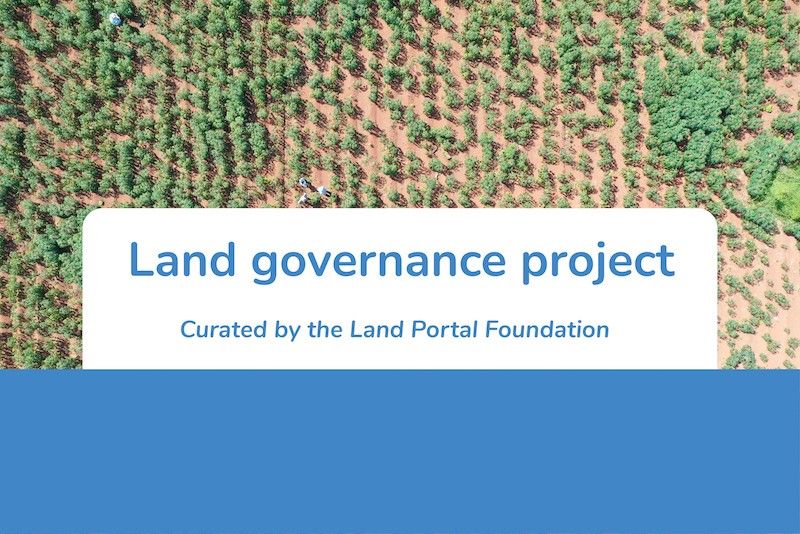Breadcrumb
Papua New Guinea gained independence from Australia in 1975 and is one of the ethnically most diverse countries worldwide. More than 87% of the rural populations live off farming, and agriculture contributes about 28% to the national GDP. Furthermore, the country generates revenues from the large-scale export of mineral resources, oil, gas, and timber.
Socio-economic indicators
browse all
Land Area
45,286,000 ha
GDP/Capita
3,677.5 USD
Total population
9,949,440
Urban population
13.2 %
Land-related indicators
browse all
Agricultural land
2.6 %
Primary forests
17,599,000 ha
Women owning land
8.9 %
NewsBrowse all
18 November 2021
ONE year ago, on July 27, 2020, three tribes who live around the border between Indonesia’s Kampung Naga area in Boven Digoel, Papua, and Kampung Kuem in Papua New Guinea, sent a claim letter to Tunas Timber Lestari. Representatives of the Kuranop, Ekogi, and Gembenop tribes protested against…
17 November 2021
President Joko Widodo claimed that deforestation in Indonesia is at its lowest point in the past 20 years. Indonesia’s Nationally Determined Contribution emissions reduction report to the United Nations said that there were only 39,285 hectares of deforested areas in 2013 to 2020. A Tempo…
05 May 2021
The Catholic Professionals Society PNG in association with the Individual & Community Rights Advocacy Forum support the opposition to the proposed sand mining in Madang and PNG.
This was highlighted in a press conference that was held in Port Moresby today.
A statement from the press conference…
Papua New Guinea
projects
- 0
- 1
- 2
- 3
- 4
- 5
85% of the country’s land is under customary tenure
OrganizationsBrowse all
- 0
- 1
- 2
- 3
- 4
- 5











